The WHEA_UNCORRECTABLE_ERROR is a critical stop code error in Windows 11 that can cause your system to crash or restart unexpectedly. This error often indicates a hardware issue but can sometimes be resolved through software solutions. In this guide, we'll explore several methods to help you identify and fix the problem, whether it's hardware-related or due to software conflicts.
Why Does the WHEA_UNCORRECTABLE_ERROR Occur?
This blue screen error typically appears when Windows detects a hardware malfunction. Common causes include faulty hardware components like failing hard drives, bad memory (RAM), an incorrectly installed CPU, or overheating due to overclocking. However, outdated or incompatible drivers, incorrect BIOS settings, or software bugs can also trigger this error. It's important to address it promptly to prevent data loss or further system damage.
Please note that if you've recently overclocked your CPU and started experiencing this error, reverting the overclock settings to default may resolve the issue immediately.
Check for Bad Sectors on Your Hard Drive
One of the first steps in troubleshooting is to check your hard drive for bad sectors using the CHKDSK utility. This tool scans your hard drive for errors and attempts to fix them. You can run CHKDSK through File Explorer or Command Prompt, but using File Explorer provides a straightforward approach.
Step 1: Open File Explorer by double-clicking on the This PC icon on your desktop or by pressing Windows + E on your keyboard.

Step 2: Right-click on the drive you want to check (usually the C: drive) and select Properties from the context menu.

Step 3: In the Properties window, navigate to the Tools tab and click on the Check button under the Error checking section.

Step 4: If Windows doesn't detect any errors, you'll see a prompt stating that you don't need to scan the drive. If you still want to scan, click on Scan drive. Otherwise, click Cancel.

Wait for the scan to complete. If any errors are found, you will be prompted to fix them. Follow the on-screen instructions to repair the drive. If no errors are detected, proceed to the next solution.

Run Windows Memory Diagnostics
Faulty RAM can also cause the WHEA_UNCORRECTABLE_ERROR. The Windows Memory Diagnostic tool can help you check for memory problems.
Step 1: Open the Start Menu, type Windows Memory Diagnostic, and select the application from the search results.
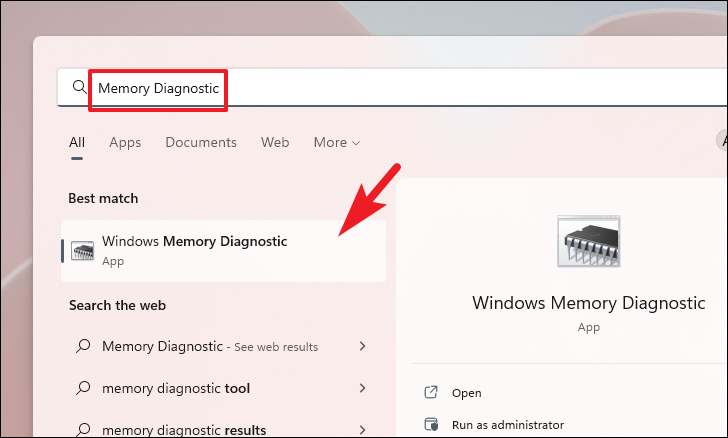
Step 2: In the Windows Memory Diagnostic window, click on Restart now and check for problems. Your computer will restart and begin the memory test.
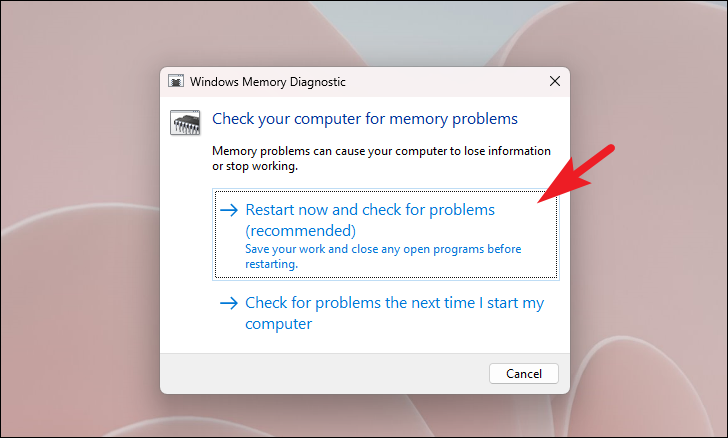
The diagnostic tool will run and automatically fix any detected memory issues. Once completed, your system will reboot and return to Windows. Check if the error persists.
Uninstall Recently Installed Updates
If the error started appearing after a recent Windows update, uninstalling the update might resolve the issue.
Step 1: Open Settings by clicking on the Settings icon in the Start Menu or by pressing Windows + I on your keyboard.

Step 2: In Settings, select the Windows Update tab from the left pane.

Step 3: Click on Update history in the right pane.

Step 4: Scroll down and click on Uninstall updates under the Related settings section.

Step 5: In the list of installed updates, select the most recent one and click on Uninstall.

Step 6: Confirm by clicking Uninstall in the pop-up window.

After the update is uninstalled, restart your computer and check if the error has been resolved.
Update or Install Missing Drivers
Outdated or missing drivers can lead to hardware conflicts causing the WHEA_UNCORRECTABLE_ERROR. Updating your drivers can often fix the problem.
Step 1: Open Settings by pressing Windows + I and navigate to the Windows Update tab.

Step 2: Click on Advanced options in the right pane.

Step 3: Scroll down and select Optional updates under Additional options.

Step 4: Expand the Driver updates section. Check the boxes next to any drivers you wish to update, then click on Download & install.

You can also update drivers through Device Manager for more control over individual devices.
Step 5: Open Device Manager by typing Device Manager in the Start Menu search and selecting it from the results.

Note: The following steps demonstrate updating a driver for Bluetooth devices. You can apply similar steps to other hardware categories.
Step 6: In Device Manager, expand the category of the device you wish to update (e.g., Bluetooth). Right-click on the device (e.g., Intel Wireless Bluetooth) and select Properties.

Step 7: In the Properties window, go to the Driver tab and click on Update Driver.

Step 8: Choose Search automatically for drivers to let Windows find the latest driver online.

If you have downloaded the driver manually, select Browse my computer for drivers and navigate to the driver file.

After the driver is updated, restart your computer to ensure the changes take effect.

Disable External Audio Devices
Sometimes, external audio devices can cause conflicts leading to the error. Disabling them might help.
Step 1: Open Settings by pressing Windows + I and select the System tab.
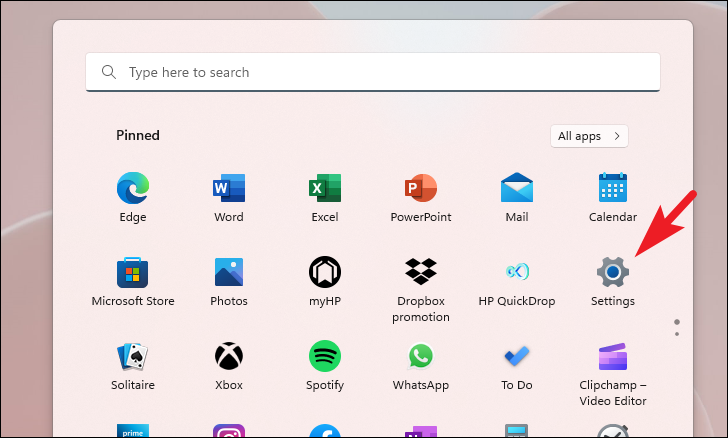
Step 2: Click on Sound in the right pane.
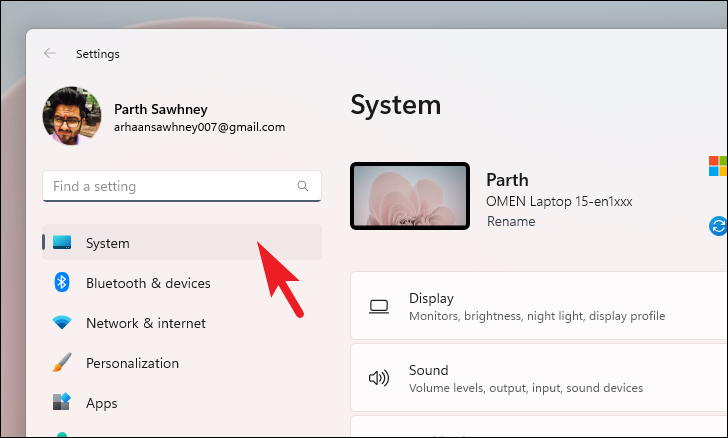
Step 3: Scroll down and click on More sound settings under the Advanced section. This will open the Sound settings window.
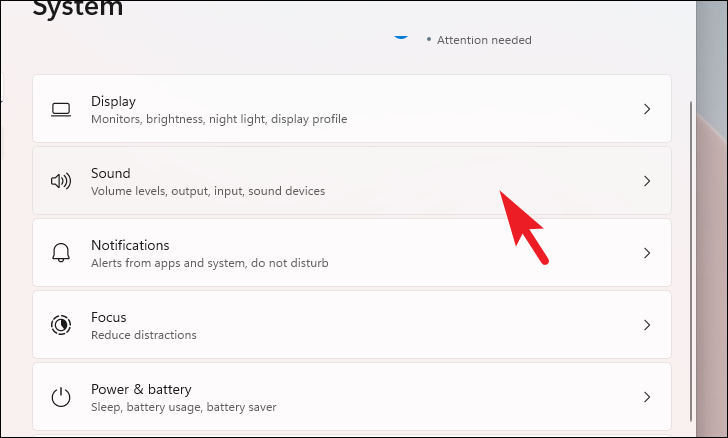
Step 4: In the Playback tab, right-click on any non-default audio devices and select Disable. Repeat this for all external audio devices except your default device.
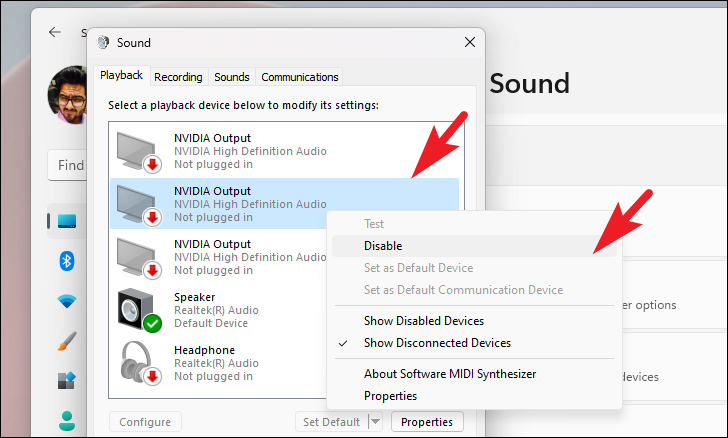
After disabling the devices, restart your computer and check if the error has been resolved.
Reset Your PC
If none of the above solutions work, resetting your PC may be necessary. This process reinstalls Windows but allows you to keep your personal files. However, it will remove installed programs and reset settings to defaults.
Step 1: Open Settings by pressing Windows + I. Ensure the System tab is selected.

Step 2: Scroll down and click on Recovery in the right pane.

Step 3: Under Reset this PC, click on Reset PC.
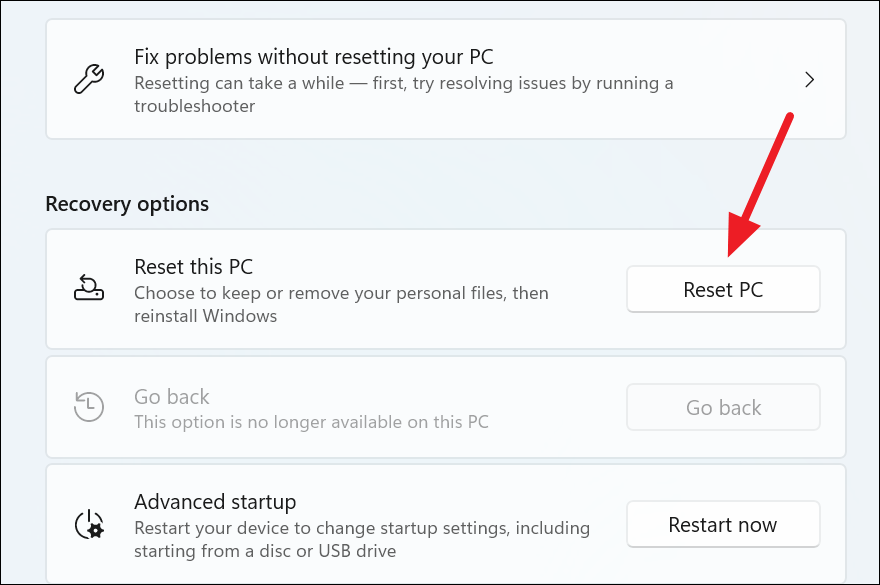
Step 4: Choose Keep my files to retain your personal data. If you want to remove everything, select Remove everything.

Step 5: Select Cloud download to download a fresh copy of Windows. Note that this requires an internet connection and will use several gigabytes of data.
Note: Cloud download requires an active internet connection and will use over 4 GB of data.

Step 6: Review the settings and click on Next.

Step 7: Click on Reset to begin the reset process.

Your PC will restart several times during the reset process. Once complete, set up your PC and check if the error has been resolved.
The WHEA_UNCORRECTABLE_ERROR is a serious issue that can affect your system's stability. By following the steps outlined above, you should be able to identify and fix the underlying problem, whether it's hardware-related or due to software conflicts.

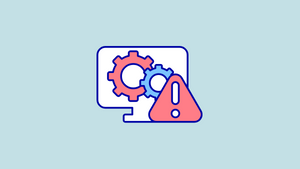




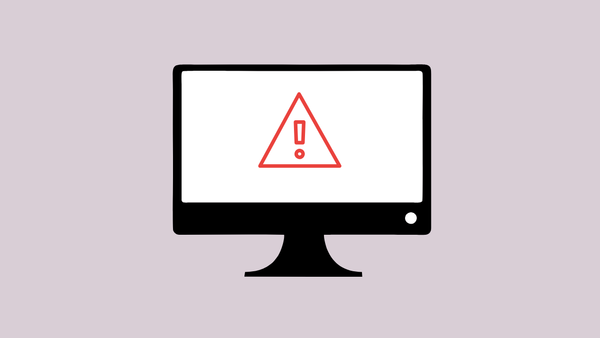
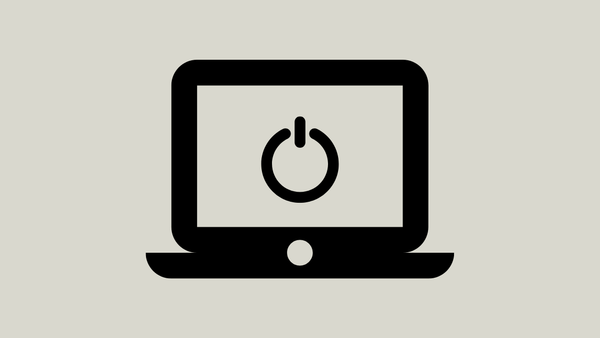
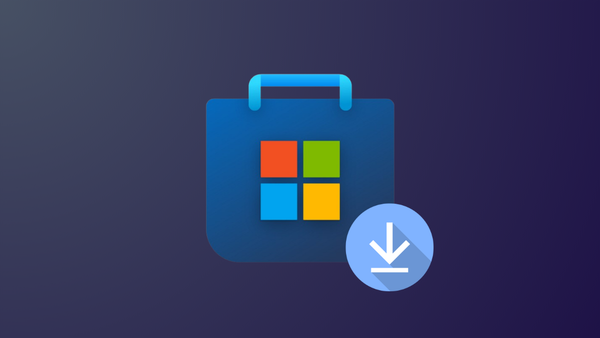


Member discussion